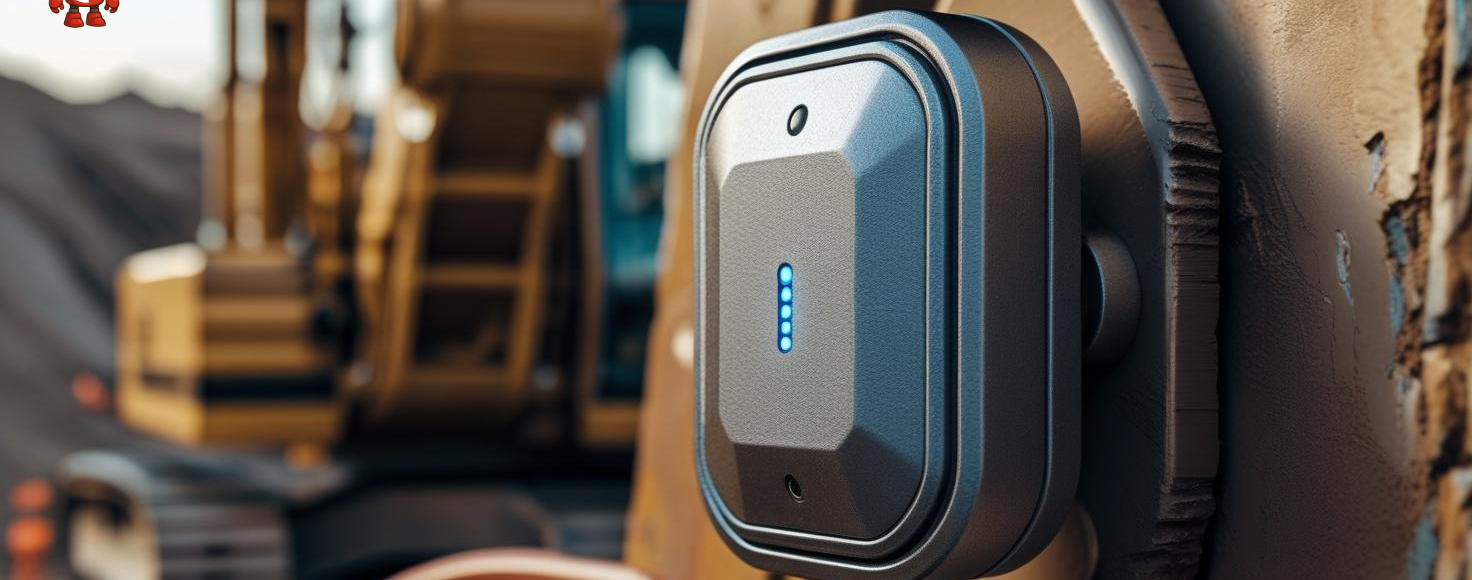Bluetooth beacons are small, battery-powered devices that quietly transmit a unique ID using Bluetooth Low Energy (BLE). Think of them as digital lighthouses, constantly sending out a signal that nearby smartphones or tablets can detect. Once picked up, the device uses that ID to trigger actions—like locating tools, checking access, or guiding users indoors.
What makes Bluetooth beacons so useful? They’re affordable, easy to install, and work seamlessly with everyday devices—no complex setup or heavy hardware needed.
How Do Bluetooth Beacons Work?
A typical setup includes three simple components:
A Bluetooth beacon attached to your asset or tool
A receiver—this could be a smartphone, tablet, or BLE gateway
An app or software platform that interprets the signal
The beacon continuously broadcasts its signal. When a receiver is within range—typically anywhere from 6 to 30 meters—it picks up the ID and logs the interaction. That data is then used to track the asset, verify location, or send alerts if something is out of place.
Some advanced systems include theft-prevention features. For example, if a tool or asset is moved outside a defined zone, you’ll get a real-time alert via app notification or text.
Key Use Cases in Construction & Field Service
1. Automatic Asset Tracking
Forget manual check-ins. Just attach a beacon to a tool or machine, and your system automatically logs its location when it comes within range of a receiver. This helps you find lost equipment, reduce downtime, and streamline inventory without scanning barcodes or typing in data.
2. Monitoring Workers on Site
Beacons can be placed in hard hats, vests, or ID badges to monitor staff movement around a job site. This adds an extra layer of safety, ensures compliance in high-risk areas, and gives real-time visibility into who’s where—without invading privacy.
3. Hands-Free Access Control
Beacons can be used for automated access. Workers equipped with BLE-enabled badges can be granted or denied access to restricted areas, without touching anything or fumbling with keys. It’s safer and more efficient, especially in high-security or high-risk zones.
4. Fleet & Equipment Monitoring
Use Bluetooth beacons alongside GPS to get a more complete picture of where and how your equipment is being used. With built-in sensors, beacons can also detect motion, vibration, or temperature changes—helping you protect sensitive gear and prevent failures.
Bluetooth Beacons vs. GPS vs. RFID
| Technology | Best For | Highlights |
|---|---|---|
| Bluetooth BLE | Indoor tracking and theft prevention | Low power, low cost, easy setup |
| GPS | Outdoor real-time location tracking | Ideal for vehicles and remote assets |
| RFID/NFC | Check-in/out processes, inventory | No battery needed, short-range only |
Each technology has its strengths, and many companies combine them for full visibility across indoor and outdoor operations.
Why Choose Bluetooth Beacons?
Fast, easy setup – Just tag your tools and you’re good to go
Cost-effective – Tags are inexpensive and scale easily for large fleets
Hands-free tracking – Assets update their location automatically
Boosts site safety – Real-time worker visibility and smart alerts
Whether you’re managing construction tools, field equipment, or warehouse assets, Bluetooth beacons offer a smart, scalable solution for boosting efficiency and security—without the need for complex infrastructure.

